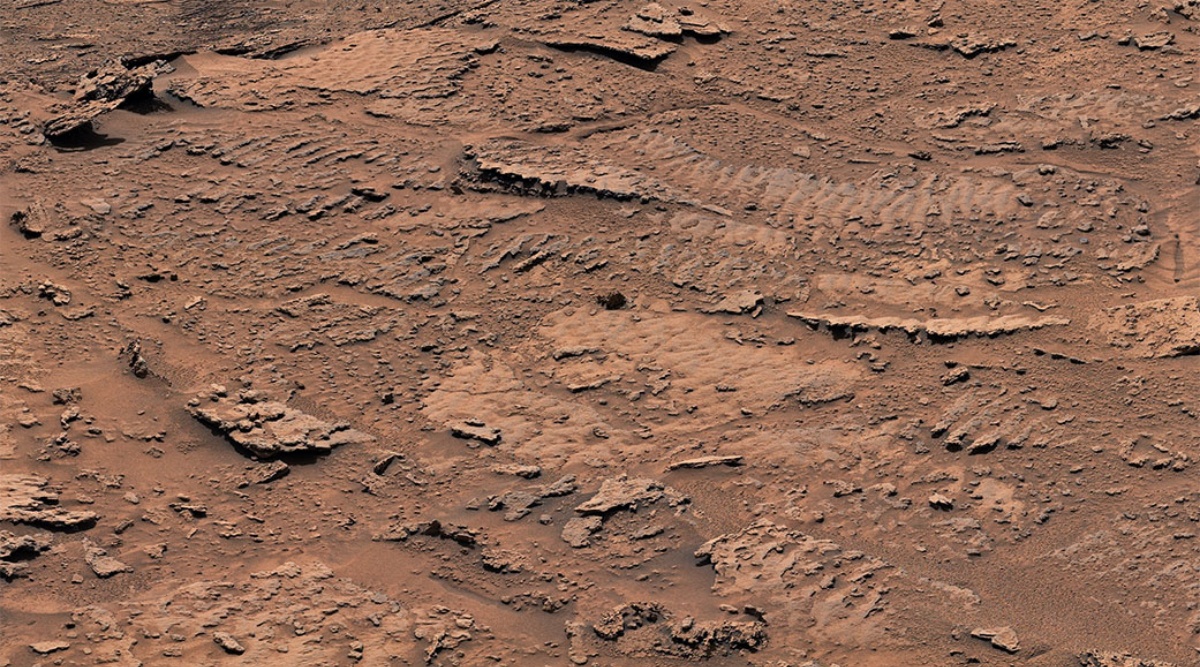“Billions of years ago, waves on the surface of a shallow lake stirred up sediment at the lake bottom, over time creating rippled textures left in rock,” NASA said.

The Curiosity Rover was traversing through an area of Mars called the “sulfate-bearing unit” (Source: NASA)
The National Aeronautics and Space Administration (NASA)’s Curiosity Rover has discovered new evidence that an ancient lake existed in a region of Mars, which was earlier believed to be drier.
The rover was traversing through an area of Mars called the “sulfate-bearing unit”, and researchers previously thought would show evidence of “mere trickles of water, as scientists believed the rocks there formed as the surface of the red planet was drying out”. Instead, they found some of the clearest event of ancient waters.
As I climb up Mt. Sharp, I’m exploring layers of the Martian timeline. Currently, I’m in the “Marker Band.” Up ahead, I can see something like a landslide, so I’m hoping to get a closer look at some “younger” material later this year.
Still curious? –> https://t.co/7cZGWF86Jc
— Curiosity Rover (@MarsCuriosity) February 8, 2023
“This is the best evidence of water and waves that we’ve seen in the entire mission,” said Ashwin Vasavada, Curiosity’s project scientist at NASA’s Jet Propulsion Laboratory in Pasadena, California, in a statement. “We climbed through thousands of feet of lake deposits and never saw evidence like this — and now we found it in a place we expected to be dry.”
“Billions of years ago, waves on the surface of a shallow lake stirred up sediment at the lake bottom, over time creating rippled textures left in rock,” NASA said.
Having climbed nearly a half-mile above the Mount Sharp’s base, the rover found that these rippled rock textures preserved in what’s nicknamed the “Marker Band” – a thin layer of dark rock that stands out from the rest of Mount Sharp, the agency said. As it climbed higher, it travelled over rocks that would have formed more recently. That’s why researchers didn’t expect to see such clear markers of a large body of water, the agency added.
Curiosity has attempted to extract samples from some of the rocks, but they proved too hard for the rover’s drill, according to NASA.